#audubon nature society
Text
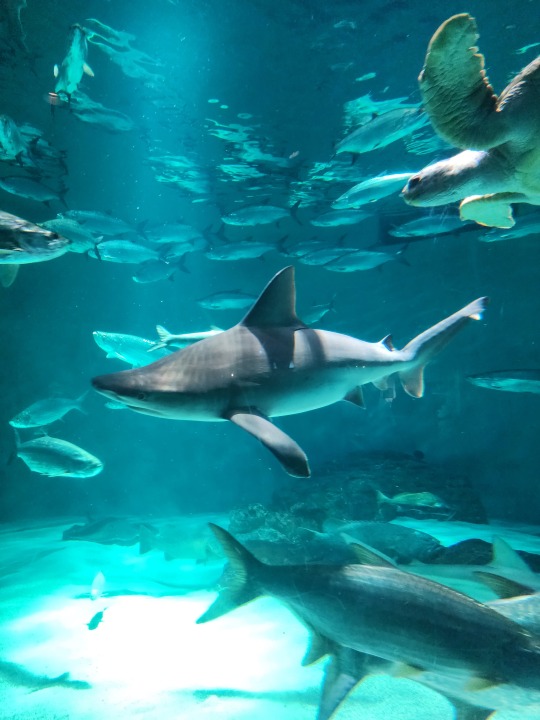

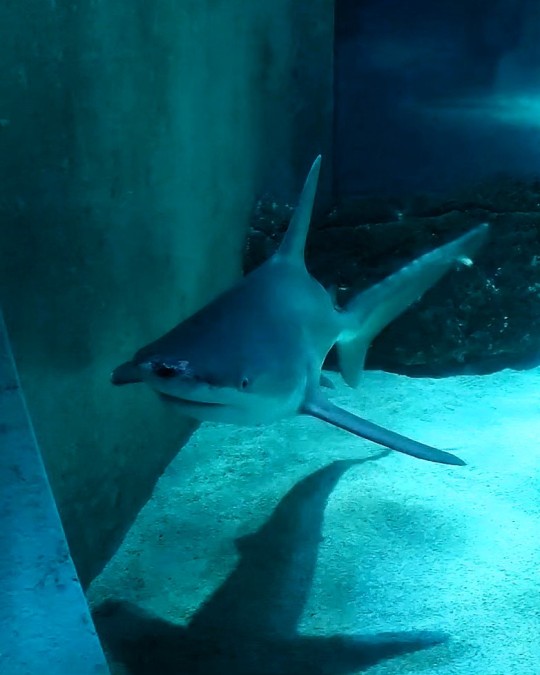
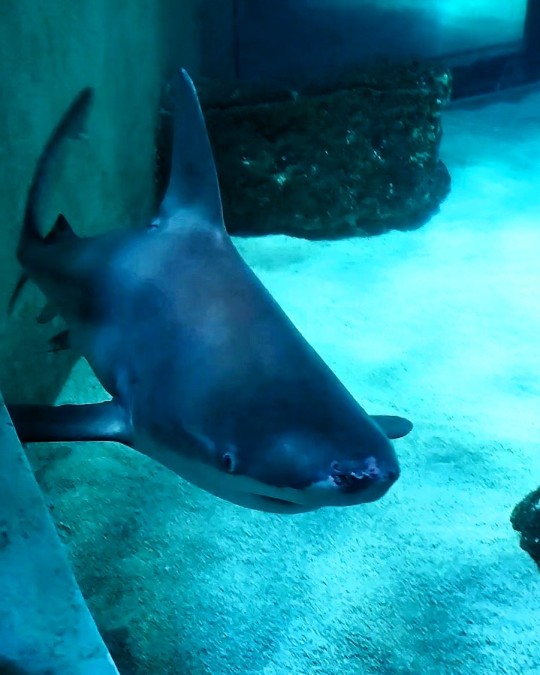
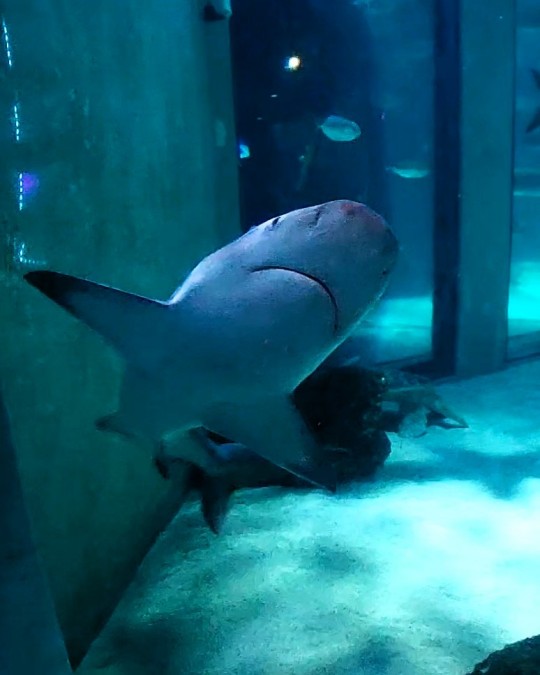



Aug. 13, 2023- Sandbar Shark (aka Roughskin Shark or Brown Shark)
#sea creatures#sea life#a moment of time and word#every picture has poetry#photography#photographer#photographs#photos#sharks#sandbar shark#brown shark#roughskin shark#shark pictures#day trip#sunday#sunday funday#new orleans#new orleans aquarium#audubon aquarium#audubon nature society#louisiana
421 notes
·
View notes
Text

Take these 12 genuine prehistoric fossils for only 10¢.
#vintage advertising#science books#audubon nature program#fossils#naturalist#national audubon society#dinosaurs#geology#paleontology#prehistoric life#prehistoric fossils
44 notes
·
View notes
Text
Ozarks Habitat Restoration: Privet, Honeysuckle, and One Rogue Hoe
Originally posted on my website at https://rebeccalexa.com/ozarks-habitat-restoration-privet-honeysuckle-and-one-rogue-hoe/
I wasn’t always a Northwest kinda person. I originally grew up in the Missouri Ozarks, mostly in Rolla, surrounded by farmland swiftly being chewed up into yet another subdivision. But there were patches of woods and fields left for me to explore. Often it was disturbed land being taken over by eastern red cedar (Juniperus virginiana) and a host of invasive species. But further away from home I saw remnants of vast white oak forests and savannas.

Being rather sheltered in a not-outdoorsy family, and not having much in the way of friends, I didn’t have much opportunity to explore the local ecology in person. So I have this odd mishmash of Things I Know about where I grew up, and a whole bunch of Things I Don’t Know, too. Now that I’m coming back to visit this place periodically with more knowledge and skills, I’m taking the time to fill in the blanks as quickly as I can.
One of the ways I’ve been able to reconnect with this place is by volunteering with the Ozark Rivers Audubon Chapter whenever I’m in town. They have a beautiful 70-acre nature center on the northwest end of town, and in spite of its size it features five distinct habitat types–oak savanna, upland oak/hickory forest with some shortleaf pine (Pinus echinata), a dolomite glade, tallgrass prairie, and a lovely little spring-fed stream with riparian habitat on either side. A trail system allows visitors to explore this wonderful array of habitats.
When the weather is good, you can find volunteers out working on habitat restoration and other projects around the center. This includes significant numbers of students from the Missouri University of Science and Technology (which was the University of Missouri-Rolla back when I was working on my Bachelor’s degree there–one of maybe fifty English majors at a STEM-focused campus!) The coordinators are always open to drop-in volunteers, so if you find yourself in the area, check the bulletin board on site for information about upcoming volunteer events, or check their Facebook page.
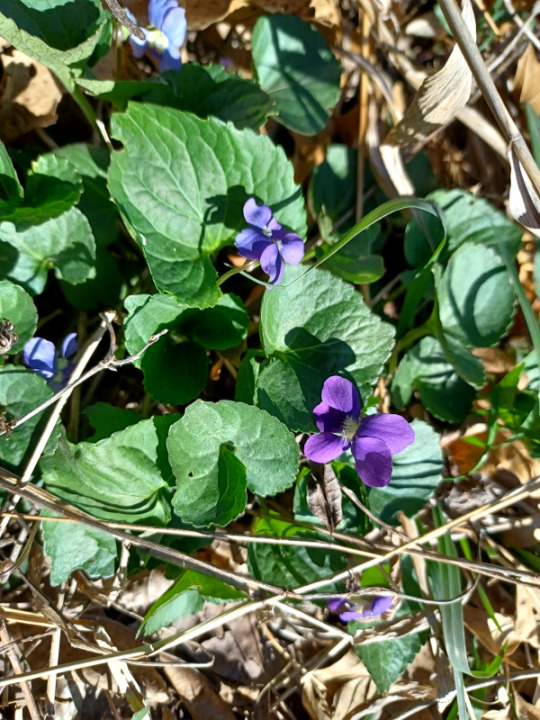
Earlier this month I was in town, and dropped in for a volunteer event. It was a potpourri of maintenance and upkeep efforts, with volunteers adding wood chips to trails and clearing blockages from drainage systems, among other tasks. I ended up being directed to wage war on some of the invasive plants plaguing the riparian area near the picnic shelter. In addition to a Pullerbear–which, along with the very similar Extractigator, is one of my main tools at home for yanking up Scotch broom (Cytisus scoparius)–I was given a new toy to play with.
Rogue Hoe isn’t just inspiration for a great band name. It’s also become my new favorite thing for invasive species removal. Specifically, I got to use their hoe/pick combo, with a 48″ ash handle. Now, it may just look like an undersized mattock, but let me tell you–this thing is far superior. It’s much lighter, weighing in at about three pounds. And the shorter, more slender head is a lot easier to manipulate into tiny areas where you might have an invasive plant growing right next to a native one you want to keep, or right underneath the root system of a big ol’ plant you want to get rid of. If you need to dig out a bigger plant and the extractor isn’t budging it, or you have a slender plant that you worry may break if you pull it, you can use the Rogue Hoe to loosen the soil around the roots.
Oh, one more cool thing about it–Rogue Hoe makes their tools out of recycled agricultural disc blades! Can’t go wrong with sturdy and green.

So with the Rogue Hoe and Pullerbear in hand, I set about seeing how deeply into the riparian zone I could get myself, systematically yanking invasive plants as I went. The most numerous was some sort of privet (Ligustrum sp.) But unsurprisingly I found not one but two species of invasive honeysuckle, bush (Lonicera tatarica) and Japanese (Lonicera japonica).
Because spring growth is just getting ramped up, there were tons of little bitty new plants, plus some one to two year olds. These were easily dealt with with the Rogue Hoe–chuck the wider end of the blade underneath the roots like you would with a mattock or hoe, then pull the entire plant up–often bringing other invasives like non-native grasses along for the ride. Bigger plants got the Pullerbear, with a slow but steady pressure that levered them right out of the soil. Over a period of a little under two hours, I managed to make a respectable pile of weeds.
And I made it all the way to the little stream! I wasn’t able to completely clear a section of the bank, but I flagged a few larger privet and bush honeysuckle that were just too much for me to take on myself. While I was grubbing around in the underbrush looking for new privet growth, I managed to find a few nice little gooseberries, probably Ribes missouriense, along with some common blue violets (Viola sororia) just popping up. Standing back from the area I’d cleared, I could definitely tell there was a difference.

The first of several Missouri gooseberry plants I found amid the invasive plants I removed.
I wrapped up the day by getting an impromptu tour of some of the native wildflowers in bloom with the manager of the nature center. It was a great chance to fill in some of those holes in my knowledge of Ozarks native flora, and nice to have a little time there that wasn’t spent working.
The afternoon went by all too quickly: I really do have fun with invasive plant removal, even more than getting native plants in the ground. But it also made me a bit homesick for Washington, and Willapa NWR, and all the work that still needs doing there. It’s okay, though. No matter where I go, there will always be someplace that can use my help, and people working toward a better world who welcome another pair of hands.

Before (left) and after (right), click for a larger version. I forgot to take a before picture of the exact location cleared, so the “before” is right next to it. But you get the idea.
Did you enjoy this post? Consider taking one of my online foraging and natural history classes or hiring me for a guided nature tour, checking out my other articles, or picking up a paperback or ebook I’ve written! You can even buy me a coffee here!
#habitat restoration#invasive species#invasive plants#native plants#restoration ecology#ecology#botany#forestry#forest#trees#nature#Missouri#Ozarks#Audubon Society#Rolla Missouri#volunteering
49 notes
·
View notes
Text


Get to know your bird organizations:
Audubon Society
The Audubon Society is known as the most important conservation policy and advocacy group in North America, organizing research and helping to pass laws (including the Migratory Bird Act) protecting vulnerable species and vital areas.
The society has local chapters, its own wildlife refuges, and nature centers that provide school and summer camps.
Audubon is also known for community-driven research such as the annual Christmas Bird Count (the "CBC")—see data visualization here, and the Great Backyard Bird Count.
The Audubon Photography Awards are something to look forward to each year, with incredible work from around the world being celebrated for sheer beauty, humor, and bird behaviors. The photos are published in the Summer issue of the society's magazine (the submission period is January through February).
Two of the highlights of Audubon's research and information are:
Guide to North American Birds (website and app for iPhone and Android); This is my preferred field guide for birds, and I especially appreciate the easy navigation of the app. It has a Bird ID function, provides 3-5 photos of each species, range maps, information on habitat and nesting, examples of bird calls, and tabs for sightings (using eBird data), photos of similar birds.
One thing that stands out is that the Audubon app downloads the bird information to your phone (the regional pack file sizes can be pretty big), so you don't need an active cellphone signal (helpful in remote areas).
Bird Migration Explorer (visualizer showing the movement of birds at any point in the year, including individually tagged birds).
(Eastern Phoebe photo by @everydayesterday)
#north american birder#audubon#national audubon society#birding#birdwatching#nature conservation#birds#bird migration explorer#christmas bird count#great backyard bird count#audubon photography awards
2 notes
·
View notes
Text
HAPPY AVIAN AUGUST!!!
So, I heard Avian August existsTM the other day and as an amateur birdwatcher and lover of all those funky little guys, I thought I’d throw together a post listing some of my favorite birding apps, websites, and books!!!
1. THE NATIONAL AUDUBON SOCIETY
Website: https://www.audubon.org/
App: https://www.audubon.org/app
Hardcover books from Thriftbooks (U.S birds): https://www.thriftbooks.com/w/the-audubon-society-field-guide-to-birding/13733264/vintage/?vid=739862108&gclid=Cj0KCQjwuaiXBhCCARIsAKZLt3mcEKLtGgjVw2uoTDSHtbvxYOi4J9FAxl2TeKwl8Ua7rxpjx6GFnAYaAgn1EALw_wcB
DONATE LINK: https://act.audubon.org/a/donate?ms=digital-fund-web-website_nas-topmenu_donate_202107&_gl=1*s6v9yu*_ga*ODk4NzE4MDE3LjE2NTk1NDg1MDM.*_ga_X2XNL2MWTT*MTY1OTU0ODUwMy4xLjEuMTY1OTU0ODczNC4zOQ..
The Audubon Society is a FANTASTIC birding, education, and conservation organization that focuses on the conservation of not only the birds but every creature on earth. They do amazing work for diversity and equity on the human side of things, too!!! For artists, their app is FREE and contains photos of hundreds of birds!!!
2. CORNELL LABS RESOURCES
Cornell Labs dept. Of Ornithology website: https://www.birds.cornell.edu/home/
“All About Birds” page of their website: https://www.allaboutbirds.org/news/?_gl=1%2A1o0j52%2A_ga%2ANzIzODYwMjQzLjE2NTgyNDU0NjU.%2A_ga_QR4NVXZ8BM%2AMTY1OTU0OTI1OC4zLjEuMTY1OTU0OTMzOC42MA..#_ga=2.214611415.1953545901.1659549259-723860243.1658245465
Merlin Bird ID by Cornell Labs website (has mobile app): https://merlin.allaboutbirds.org/
eBird by Cornell Labs website (has mobile app): https://ebird.org/home
DONATE LINK: https://give.birds.cornell.edu/page/87895/donate/1?ea.tracking.id=WEB&utm_source=BCE&utm_medium=Website&utm_campaign=Evergreen-Appeal&utm_content=home-page&_gl=1*1rjzpll*_ga*NzIzODYwMjQzLjE2NTgyNDU0NjU.*_ga_QR4NVXZ8BM*MTY1OTU0OTI1OC4zLjEuMTY1OTU0OTMwOC4xMA..#_ga=2.214611415.1953545901.1659549259-723860243.1658245465
Cornell Labs is a PHENOMENAL resource for birdwatchers and artists alike. Based out of Cornell University, not only do they focus on conservation, education, and identification, their eBird app allows YOU to participate in their research through citizen’s science! You can log a time, a location, and share what birds you saw during your birdwatching session, which helps scientists know who’s in the area and when!!!
3. SIBLEY GUIDES
Sibley homepage: https://www.sibleyguides.com/
Sibley guides, paper copies: https://www.sibleyguides.com/product-category/books/
Sibley Birds v2 app: https://www.sibleyguides.com/product/sibley-birds-v2-app/
Song Sleuth: https://www.sibleyguides.com/product/song-sleuth/
David Allen Sibley is an illustrator and ornithologist, and his GORGEOUS illustrations hold a special place in my heart, as his guide was my first! His app is a little pricey as are his books, but IMO if you have the dough it's well worth the purchase. The song sleuth app helps identify birdsongs and is FREE!
Additionally, the NatGeo book on birds is great! That can be found on the Audubon shop, linked below.
NATGEO GUIDE: https://www.theaudubonshop.com/product/national-geographic-field-guide-to-birds-of-north-america-seventh-edition/
AUDUBON SHOP: BOOKS AND FIELD GUIDES: https://www.theaudubonshop.com/product-category/books-field-guides/
#avianaugust2022#bird conservation#avian#birds#birdwatching#birding#nature#natural world#field guides#long post#conservation#audubon#audubon society#cornell lab of ornithology#eBird#sibley#sibley guide to birds#david allen sibley#bird art#art refs
5 notes
·
View notes
Text
Feeding the Birds
Feeding the birds that visit my patio gives me a lot of pleasure. I love watching them come and go, bicker with each other, bully smaller birds, and feed their young. I also enjoy hearing them, especially the House Wrens.
I have learned when they prefer to visit and when they are usually absent. I have also learned which bird species use my feeders and which species try to but are too big to…

View On WordPress
#Audubon Society#Backyard Wildbird and Nature Store#bird feeders#Cornell Labs#entertainment#Julie Andrews#learning#Nanaimo#Tuppence A Bag#Vancouver Island
1 note
·
View note
Text
Repost: The Best Birds
Great Egrets by Bob Schamerhorn (2018 Top 100)
(more…) “”
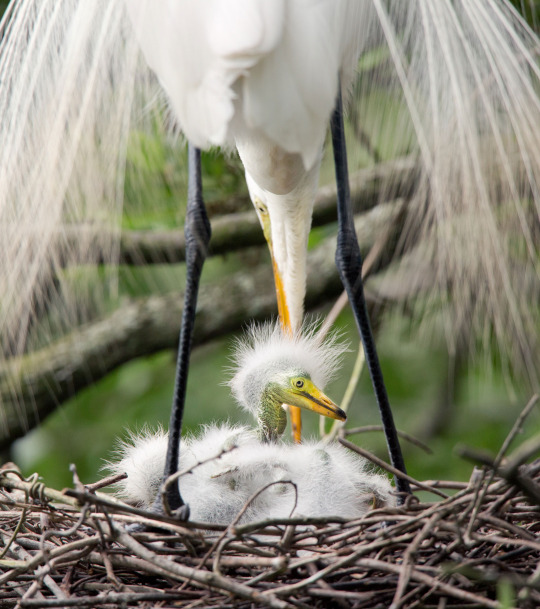
View On WordPress
0 notes
Text
Notas del censo navideño en el Perijá
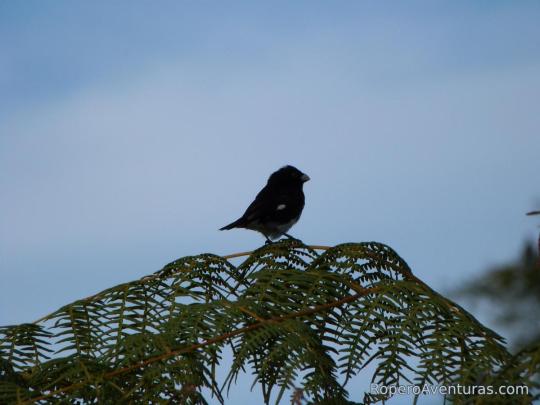
View On WordPress
0 notes
Link
#northern harrier#bird#birds#birding#bird watching#nikon p1000#p1000#zoom lens#superzoom#camoflauge#nature#nature photography#marshfield#marshfield ma#marshfield massachusetts#daniel webster#daniel webster wildlife sanctuary#mass audubon#audubon#audubon society
0 notes
Note
Any tips for getting better at birding? I've been doing it for about two years and with the needs update emails I get, I'm starting to feel like I'm just really terrible at it.
Like 'That place you went to see ducks in the morning because that's when the local audubon said to go, they were all there in the afternoon, that place you went after work, the ducks were there three hours later and an osprey too.'
No amount of reminding myself even though some treat it like one, it's not actually a contest, or that you're allowed to suck at your hobbies and can still enjoy them is helping.
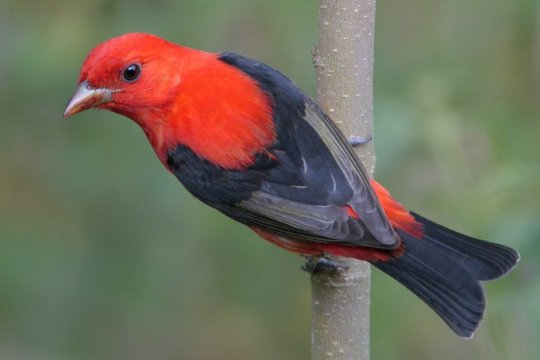
Scarlet Tanager (USFWS)
I'm going to hand this over to my BF, Paxon, since he has worked as a birding guide, and has been birding far longer than me...

Baltimore Oriole (USFWS)
Paxon: How to get better at birdwatching...
It's really as simple as, the more you do it, the better you get at it. You just have to go birdwatching A LOT, to get good at it. This is also something you need to do with more experienced people. It is probably not something you're going to get good at, if you do it alone.
Here are some tips:
Go on birdwatching tours with experienced guides.
You can find local tours through your local nature centers and Audubon Societies. This is the most important tip for getting better, tbh.
Make sure you have decent binoculars.
I understand that you may not want to spend $2000 for a pair of Leicas, at this point, but cheap binoculars will only lead to heart ache. Try to at least buy a decent pair or $200-$400 binocs, or you won't really be able to see the birds well enough. Celestron, Eagle Optics, and Vortex have some good binocs.
Make sure to get some good field guides and bird apps.
We can send you a list of recommendations, if you like, DM us.
Educated yourself as much as possible.
Watch tutorials on youtube (ie: Identifying Spring Warblers). Go to classes and presentations at Audubon and Nature Centers. Buy some "birdwatching tips" and "identifying hawks" books.

Prothonotary Warbler (USFWS)
128 notes
·
View notes
Text
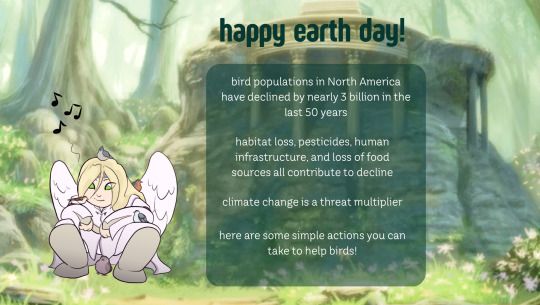





some birds with some basic bird conservation tips for earth day! 🥰
(ETA: managed to post this with a slide missing. it’s fixed now!)
alt text & relevant links below the cut
[a series of images with Serenes Forest as a backdrop, also featuring reyson, leanne, and rafiel from the fire emblem tellius games.
slide 1: reyson crouches singing to various songbirds. transcription: happy earth day! bird populations in North America have declined by nearly 3 billion in the last 50 years. habitat loss, pesticides, human infrastructure, and loss of food sources all contribute to decline. climate change is a thread multiplier. here are some simple actions you can take to help birds!
slide 2: leanne sits beside a window, nursing a head injury. transcription: windows! an estimated 1 billion birds suffer window collisions every year in the US and canada. lights can confuse birds - help by turning off your lights or drawing curtains at night. further birdproof your windows by using decals, tape, or paint to disrupt the reflections! (you can purchase window decals just for this purpose!)
slide 3: reyson recoils dramatically from ranulf in cat form, who mutters “bro I am just sitting here.” transcription: cats. domestic cats are not natural predators in north america, and kill 1-4 billion birds each year. many of these cats are feral or stray: support local shelters and rescues with trap/neuter/release programs to reduce feral cat populations. if you own a cat, don’t let your cat outside unsupervised! leash train your boi or build a catio.
slide 4: rafiel ruefully holds yune the bird in his hands; she is lying stunned. transcription: beware pesticides. insecticides are the biggest bird killer. neonicotinoids (or “neonics”), deveoped since the ban of DDT, are used everywhere in the US - farms, cities, and suburbs. they infect entire food chains systemically. avoid neonics in your own home and garden: if you buy plants, read labels to avoid neonic-treated specimens. buy organic produce if you can. the EU has banned outdoor use of many neonics, but the US has not - support local and national initiatives to regulate insecticide use!
slide 5: get involved! this is all bigger than the individual. climate change is a big issue and we can’t fight it alone. seek resources for native plants, bird feeding, and bird monitoring efforts in your area. be sure to look up: your local audubon society; conservation orgs in your area; and climate action plans by indigenous communities near you.
final slide: sources and resources to look up:
bird populations: https://www.birds.cornell.edu/home/bring-birds-back/
pesticides: https://chicagobirdalliance.org/blog/2023/5/20/year-of-helping-birds-avoid-pesticides
cats: https://abcbirds.org/program/cats-indoors/
windows: https://www.fws.gov/library/collections/threats-birds-collisions
cornell ornithology lab: birds.cornell.edu
american bird conservancy: abcbirds.org
national audubon: audubon.org
hawkwatch international: hawkwatch.org
#fire emblem#tellius#reyson#rafiel#leanne#fe9#making the birds into environmental stewards like bambi but angstier lets go
31 notes
·
View notes
Text


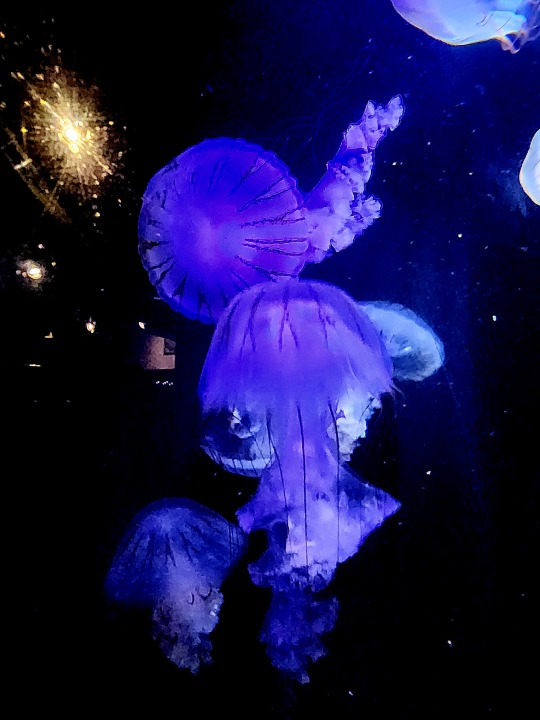






Aug. 13, 2023- South American Sea Nettle & some other kind of jellyfish
#sea life#sea creatures#photography#a moment of time and word#every picture has poetry#jellyfish#south american sea nettle#sea nettle#cnidarians#marine animals#marine life#new orleans#new orleans aquarium#audubon aquarium#audubon nature society#day trip#sunday#sunday funday#louisiana
12 notes
·
View notes
Text

MOST ICONIC BIRD CALL BRACKET: ROUND TWO: WOOD THRUSH vs. GREAT KISKADEE
IN THE BLUE CORNER, from the depths of the north american forests, the melodic marvel, the WOOD THRUSH!
this bird may be small, but its voice is mighty. the audubon society has considered its enchanting, flute-like song as a contender for one of the most beautiful in north america. the wood thrush may be known for its sweet voice, but don't let its gentle demeanor fool you. with lightning-fast reflexes and a sharp beak, this bird is a force to be reckoned with in the ring. this is one bird that's sure to hit all the right notes. don't miss this chance to witness the natural beauty and fierce strength of the wood thrush in action. this is one bird you won't want to miss!
IN THE RED CORNER, we have a bird of many names. welcome to the ring the bem-te-vi, the pitogue, the benteveo, the cristofué, the GREAT KISKADEE!
with its striking yellow and black plumage and distinctive "kis-ka-dee" call, this bird is a force to be reckoned with in the ring. this bird is known by multiple onomatopoeic names across south and central america, all thanks to that exuberant BEE-tee-WEE call. don't underestimate the great kiskadee - this bird is a true champion and is here to take on all challengers. get ready for a battle of epic proportions as this feathered fighter shows off its skills and takes down the competition!
131 notes
·
View notes
Text
My local Audubon society put out a call for volunteer walk and field trip leaders. I feel like I'm being summoned out of retirement: I used to lead walks for my college bird club and previously worked as an interpretive naturalist.
I actually just visited the place I used to work and despite swearing to myself that I wasn't going to Get Up There and Interpretive Naturalize, people just started walking up to me and asking me questions. And also using my spotting scope. Cursed with Audubon Employee Energy
33 notes
·
View notes
Text
Ranking Plush Anacondas 🐍
When I was a kid, basically every nature center, zoo, and museum had those Audubon society plush birds, little stuff guys made to look roughly accurate in shape and color (mostly color) but I've noticed that not much /accurate/ merch exists for snakes. So now I'm going to find all the snake plushies I can and rank them.
"Gustavo the Green Anaconda" by Tiger Tale Toys

Length: 100 in
5/10 This plush looks co cute, huggable, and has a great pattern... but looks nothing like a green anaconda. I would accept this plush if it were called an emerald boa (even if its not so accurate to that species either); Gustavo looks like a friend but he gets points off for accuracy.
Giant Anaconda by New Adventure Planet (I think)


Length: 100 in
7/10 I'm not sure what charms me about this one; it has no pattern, so it isn't particularly accurate, but I like the dinosauresque shape of its head. It also looks very thick, wich I appreciate, but not too heavy, and I like that there are pictures with a human for size.
Super Jumbo Anaconda by Wild Republic (1)

Length: 113 in
4/10 If this were a more impartial review this snake would get a 8/10 for accuracy. Wild republic are the creators of the Audubon bird stuffed animals I mentioned so their pattern and color accuracy tends to appear on point. But I'm not going to lie, I despise this snake. The olive green of an anaconda is washed out to this sickly green (more akin to a yellow anaconda); the tiny pinpoint eyes and pointed nose of a true anaconda has become this Jurassic park monster, but not in a cute way like the NAP one. It looks like a naked bear.
Anaconda Snake by Wild Republic (2)

54 in
6/10 I like the smaller version of the wild republic anaconda much better, although still not very much. At least its a more playful neon color, and I feel like the markings dont look so formal, like the pattern doesn't take itself too seriously.
Big head anaconda by Wild Republic (3)

54 in
1/10 This anaconda ruined my life and I refuse to review any more Wild Republic anacondas
Unknown Anaconda, Ebay

54 in
8/10 I just like this guys bulging eyes and chaotic pattern. It looks to be a slightly deeper green. Definitely a 6/10 for accuracy but has a lot of spirit.
Giant Anaconda by Lazada

67 in
8/10 for huggability, 6/10 for anacondaness. I'm not sure if this was actually concieved of as an anaconda since its so far off, but it was advertised on multiple sites as an anaconda.
In conclusion
despite being almossssst certainly the most recognizable snake, the accuracy of anaconda plushes from even reputable companies is incredible disappointing.
This is an anaconda (a young one, I think); Note the thick, huggable, chunky body, perfect for a pillowy plush. and the tiny, pointed head with beady eyes.

51 notes
·
View notes
Text
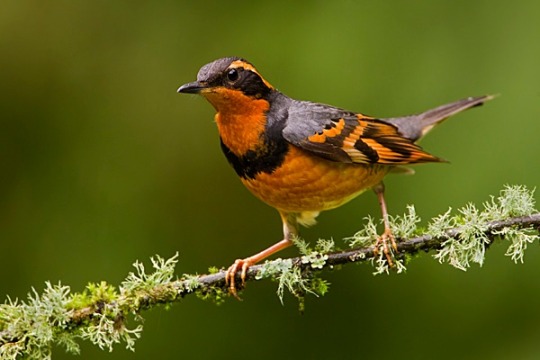
What the Roadless Rule Reinstatement Means for Birds
On January 25, the National Roadless Rule was officially restored to the Tongass National Forest in Southeast Alaska by the Biden administration.
There are a couple reasons why this is important.
The Tongass’s 17 million acres—the ancestral homeland of the Tlingit, Haida, and Tsimshian peoples
... is the country’s largest forest carbon sink, holding approximately 20% of all carbon stored in the United States National Forest system according to National Audubon Society’s 2021 Natural Climate Solutions Report.
But it’s also home to hundreds of species of birds thanks to 11,000 miles of shoreline, old-growth and mature forest, and multiple wetland areas.
Those species include Audubon priority birds like the Marbled Murrelet, Northern Goshawk, and Spruce Grouse. Others range from Common Ravens, American Crows, and Bald Eagles to Greater Yellowlegs, multiple gull species, and songbirds like the Red-breasted Sapsucker, Swainson’s Thrush, and Chestnut-backed Chickadee—all found on the Southeast Alaska Birding Trail.
Zooming out of Southeast, the Tongass also “hosts about 70% of the species known to occur in Alaska, or about 40% of the bird species found in North America,” according to Audubon Alaska’s Ecological Atlas of Southeast Alaska.
So, what does the Roadless Rule reinstatement mean for birds?
It fully restores Roadless Rule protections for more than 9.3 million acres of the Tongass...
Read more: https://ak.audubon.org/news/what-roadless-rule-reinstatement-means-birds
#public lands#forests#alaska#conservation#ornithology#bird#birds#animals#nature#north america#science#environment
43 notes
·
View notes